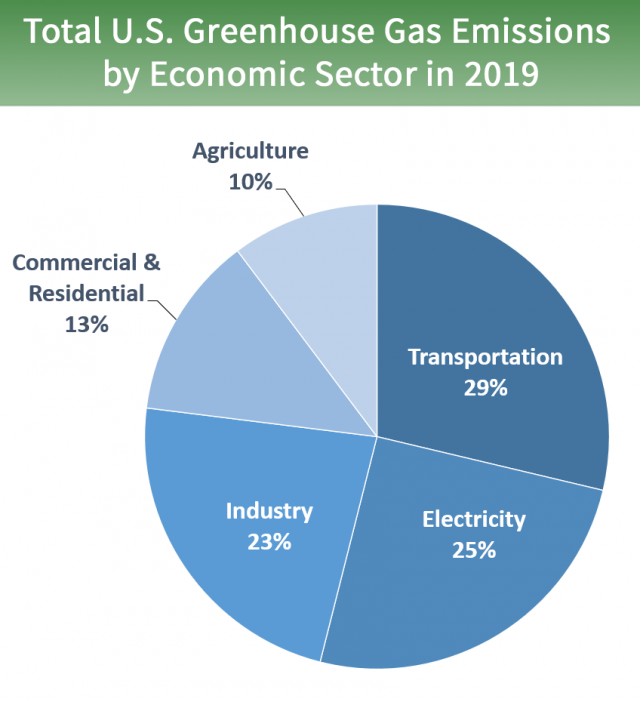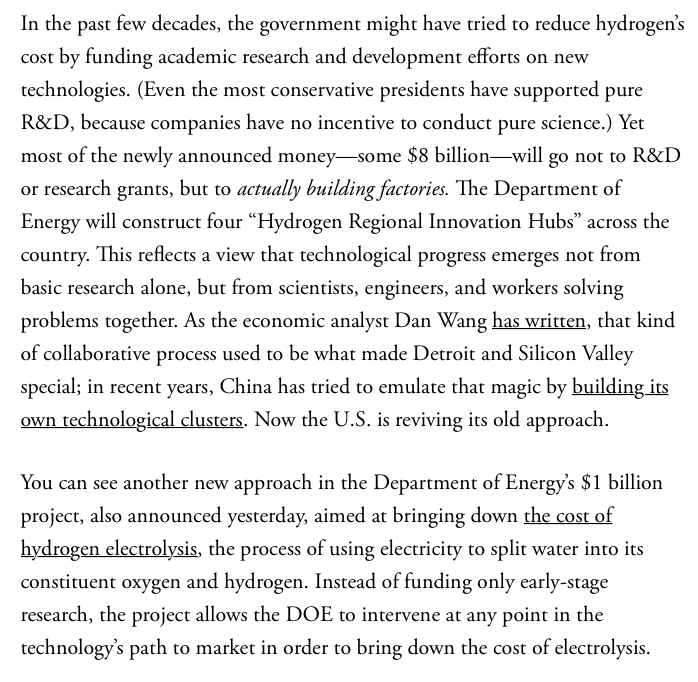
Robinson Meyer
@robinsonmeyer
Climate, decarbonization, and more. Founding Executive Editor, Heatmap. Contributing Opinion Writer, NYT. Say hi: rob at heatmap dot news
27-03-2007 04:03:09
13,1K Tweets
55,9K Followers
2,5K Following








8/ More broadly, the government is also intervening on the demand side. Agencies can now act as “buyers of first resort” and purchase low-carbon concrete and asphalt for federal projects, which will help promising firms find an early market for their work: theatlantic.com/science/archiv…


Rebecca Dell @rebeccawdell.bsky.social Yeah! I think you can even understand Hamilton & Friedrich List, with their AMCs and export discipline, as the more authentically American school of economics. Smith, Ricardo, even Keynes are operating in a much more Anglo tradition that has kind of dwarfed our home-grown school.

@yayitsrob Rebecca Dell @rebeccawdell.bsky.social Sweeping Ernest Ming-tak Leung 梁明德 article on how technocrats in each country have been learning from each other on how to join the Hockey Stick of Modern economic growth
US policymakers learning from East Asian developmentalist state is a 200 year old round trip!
phenomenalworld.org/analysis/devel…


